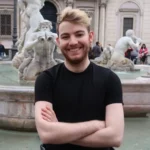Insight / Blog
3 key takeaways from Leaders in Logistics 2022
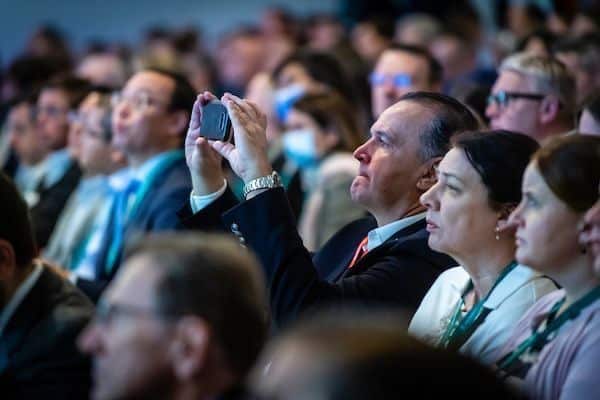
Summary: With over 60 speakers from 40 countries, LIL had a packed agenda and plenty of insights. Here are three of the most important.
Note: This blog has the insights from the 2022 Leaders in Logistics event. For the 2023 event, click here.
In-person events are back with a bang. Just a few short weeks after WMX Miami, our team spent a few crisp, sunny days in wonderful Copenhagen for the return of Leaders in Logistics. With over 300 attendees and 60 speakers from 40 countries, these two days were full of the most innovative thinkers and cutting-edge discussions in the industry.
Amongst the speaker line-up were two members of the Doddle team. Our CEO Tim Robinson shared his insights on ‘Designing the ultimate flexible delivery experience’, joined by an excellent panel showcasing global insight and expertise:
-
Thomas Roggendorf, CEO and Postmaster General of CPost
-
Peter Hesslin, Chief Business Development and Partnership Officer at Airmee
-
Alberto Pimenta, Director of E-commerce at CTT Correios de Portugal
-
Markus Wimmer Head of Customer Solutions, Self-service at Austrian Post.
Tim weighed in on how carriers can adapt to consumer behaviours and solve the returns challenge while keeping costs low with this impressive team.
Our Chief Commercial Officer, Mike Richmond, also took to the stage, delivering his talk ‘Convenient and sustainable: developing an out-of-home delivery strategy’. You can discover the highlights from this presentation here.
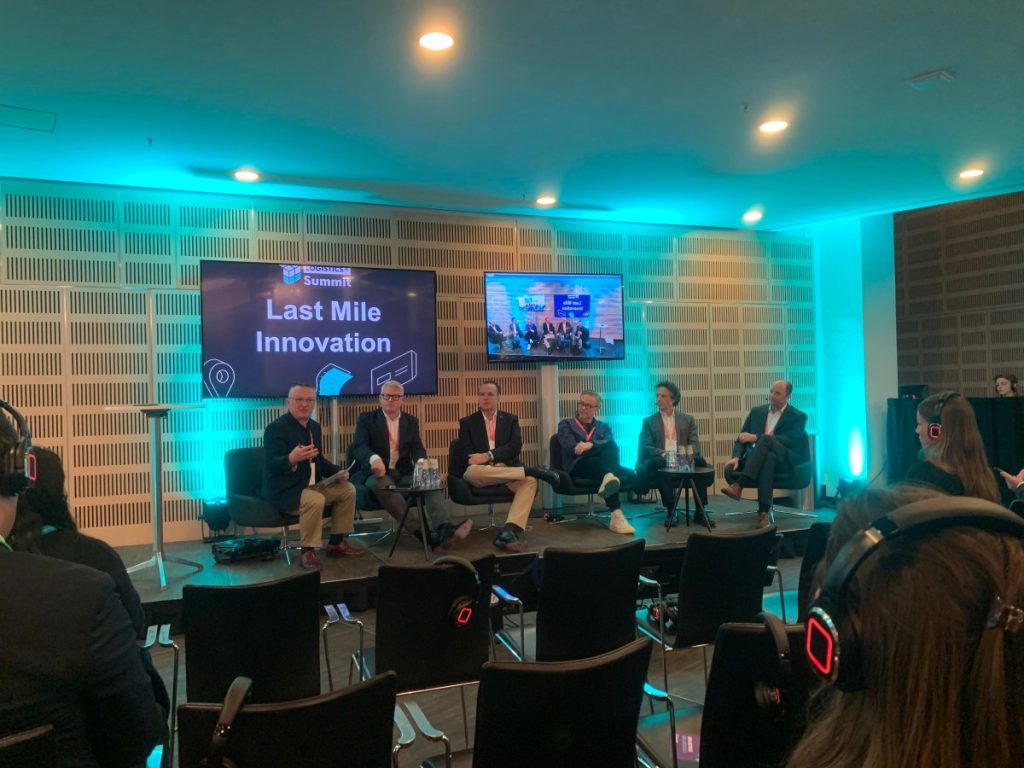
But that’s enough about us. Let’s talk about the biggest lessons we learned from Leaders in Logistics 2022.
Sustainability efforts are championed – but we’re just getting started
One of the recurring themes at Leaders in Logistics was sustainability. Many carriers shared their sustainability goals or steps they have taken to become greener, such as:
-
PostNord, which aim to be fossil fuel-free by 2030. It’s also championing a ‘Green by PostNord’ strategy to lead Nordic logistics into the fossil-free economy.
-
Singapore Post, which aims to have a 35% reduction in emissions by 2030
-
Posti celebrated decreasing emissions by 60% from 2011 and targets net zero emissions from the company and its subcontractors by 2025.
-
Aramex achieved a 44% emission cut by 2019 by introducing solar energy and a new vehicle standard. It plans to achieve carbon zero by 2030 and switch all vehicles worldwide to electric or hydrogen in three years.
-
An Post commits to becoming carbon net-zero by 2030 with a 50% reduction by 2025. Currently, all urban deliveries are 100% electric.
This progress was great to hear, but it didn’t translate to all markets. In the Middle East, sustainability is moving a lot slower. Emirates Post has just renewed their entire fleet – but not a single vehicle was electric.
Peter Somers, CEO of Emirates Post, expanded on the strategy for Emirates Post and the current last-mile situation in his talk ‘Tapping into the global opportunity: strategies for success’. Having an incredibly high service culture among their consumers, home delivery reigns supreme. With consumers also using Uber subsidiary Karim to request drivers to buy and deliver shopping for them, like DoorDash in the US, out-of-home (OOH) adoption rates look low.
To make big sustainability changes in the Middle East, as elsewhere, it’s not just carriers who need to act – consumer behaviour will need to shift.
This sentiment was echoed by David McRedmond, CEO of An Post. During his talk, ‘Today, not tomorrow: placing sustainability at the core of business’, David made some great points about the need to reduce volume and consumption as an industry. Carriers cannot continue to deliver ever-growing volumes and hope to be sustainable. In short, more volume = more miles = more emissions, even if carriers are slightly reducing emissions on a per-parcel basis.
If carriers and postal companies are to become genuinely sustainable, we need to see more change to help break down the chain of more parcels = more miles = more emissions. We spoke about some of these critical themes ourselves: if you missed it, find the highlights of Mike’s talk here.
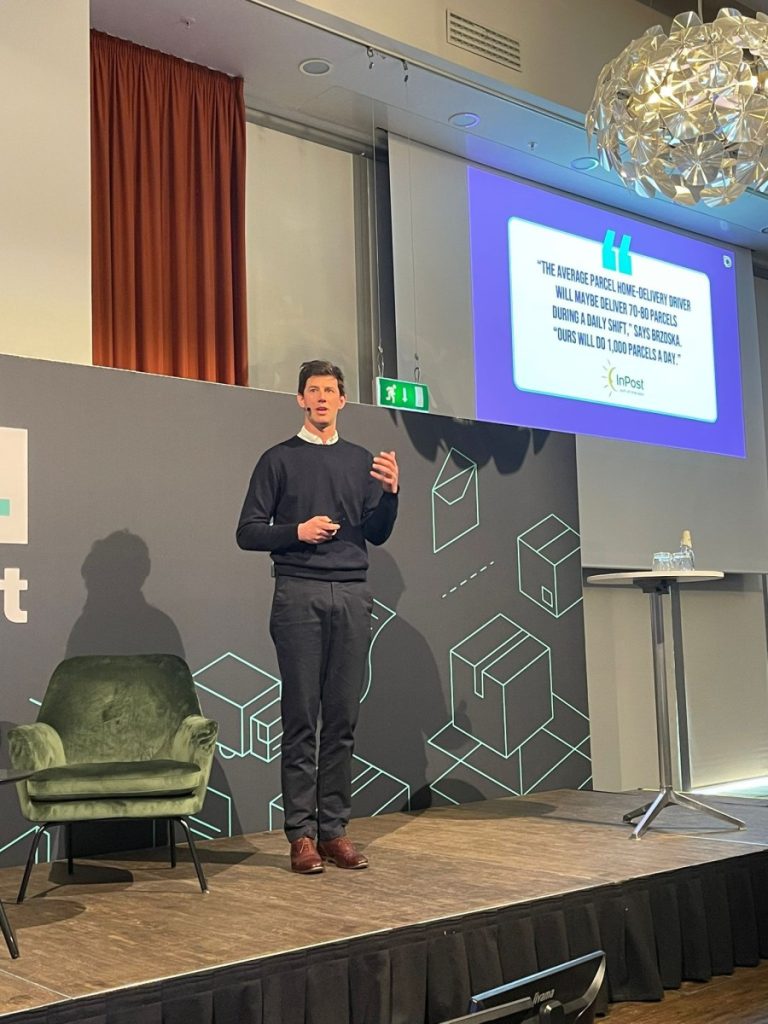
Lockers continue to grow – driven by convenience
Investment into lockers and OOH networks continues to rise. For example, PostNord CEO Annemarie Gardshol outlined how they are focused on rapidly growing their locker network. Currently at 6k lockers, the company plan to double this to 12k by the end of the year and reach an impressive 20k lockers by 2025.
Although some talks did cover the sustainability benefits of OOH – more consolidated delivery means fewer miles driven, increased efficiency and fewer emissions – the majority of locker growth was powered by convenience. Lockers are available to consumers 24/7, usually within a short walking distance. In the ‘Last mile innovation’ panel, our CEO Tim Robinson shared that 95% of the residents of Tokyo can reach a Yamato locker within a 5-minute walk.
Surprisingly, 60% of the Yamato locker volume is from C2C. Customers adore the convenience of being able to resell preloved items by dropping them off to a locker. We predicted at the start of the year that recommerce will grow, and it seems that lockers will play a vital role in this growth.
Lockers and PUDO are also needed to adapt to the return of more flexible lives for consumers after an extended time at home. By using these networks, carriers can also reduce the amount of failed deliveries – a key element needed to sustain carrier growth.
Also on the theme of lockers, CTT provided an excellent case study of their forthcoming locker network. By choosing to build their own lockers, they achieved a 50% lower cost than the market average, thus allowing them to expand their OOH network at a lower price.
Posts are being edged out of cross border volume
The past two years have seen record ecommerce growth and parcel volume across the globe. Even the Middle East, which has traditionally lagged in terms of ecommerce growth, has seen a massive spike in sales. Peter Sommers, Emirates Post CEO, accounts for some of this growth to increased trust in websites, payments and logistics.
When it came to cross-border volume, Andre Pharand, Global Managing Director of Accenture, highlighted that cross-border commerce was growing for many carriers. However, for postal channels, this cross-border volume was declining, implying that posts are being pushed out from this space.
Jan Van Roey, Vice President, Operations and Client Services at bpost, reinforced this in his talk ‘The case of Brexit: a post-covid analysis’, detailing the total exports from the UK have decreased by 20% and their share of world trade had fallen by 15%.
In Gilad Tirosh’s keynote address ‘Assessing today’s international postal landscape’, the CFO/CCO of International Post Corporation also shared that the postal share of cross border e-comm has fallen from 50% to 43%. There are multiple factors that could have contributed to this, Gilad continued, including:
-
Increased customs charges and regulations, such as Brexit.
-
Increased competition from local companies
-
A drive towards ‘local’ purchasing, which had a considerable boost during the COVID pandemic
-
Growing sustainability demands from consumers who want to reduce their carbon footprint
-
Lack of capacity in the global supply chain, driven from pandemic related supply chain issues
-
Increase in heavier and bulkier ecommerce buying – which is too costly for cross border purchases
For postal companies to reclaim cross-border volume as a growth space, they need to invest more into their proposition and make it easier for SMEs to navigate through increased customs rules and regulations.
Want more information?
Our team provide strategic advice and market leading solutions for first and last mile delivery. To find out more, get in touch with us today.
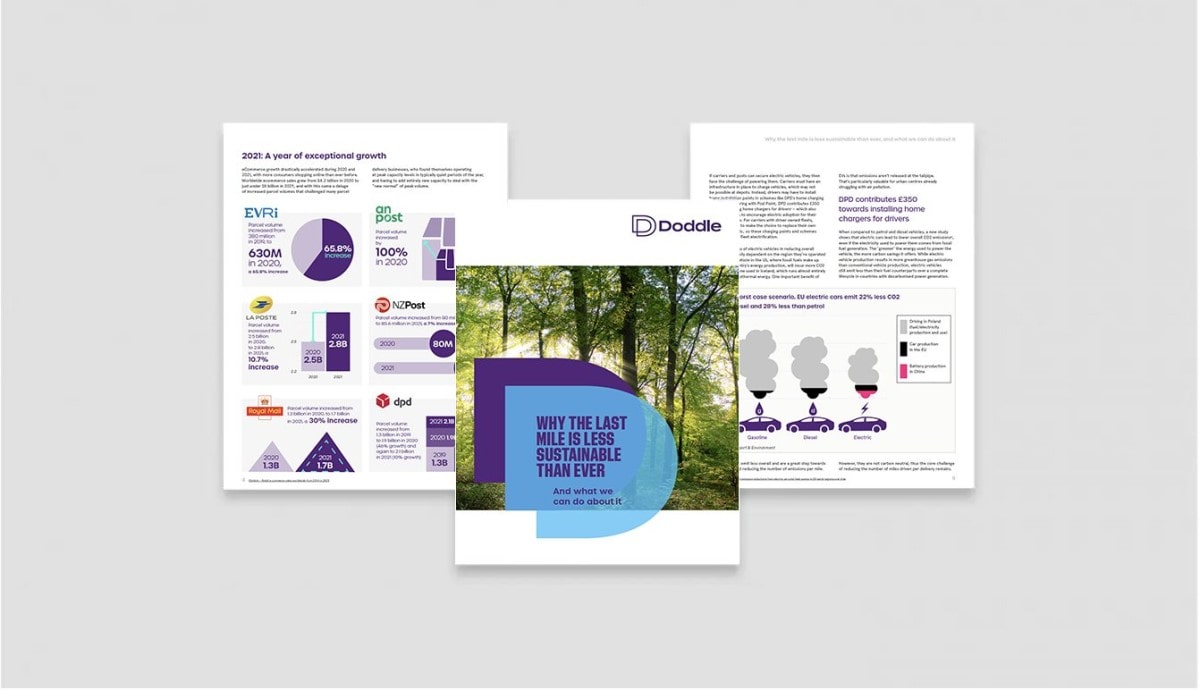
Related articles
Return fees or free returns: why not both?
Debates between return fees or free returns miss the bigger picture: how to address the root issues of returns.
Important lessons from Leaders in Logistics 2024
Leaders in Logistics 24 dived into AI & automation, sustainability, changing ecommerce behaviours, emerging consumer expectations & predicted what the next decade had in store.
Postal results, reforms, and returns
Posts around the world are seeking reform, but how can they drive improved results in the short term?













